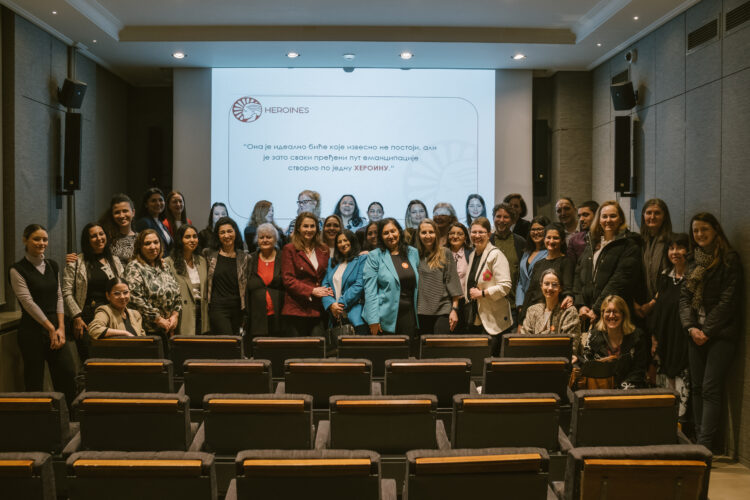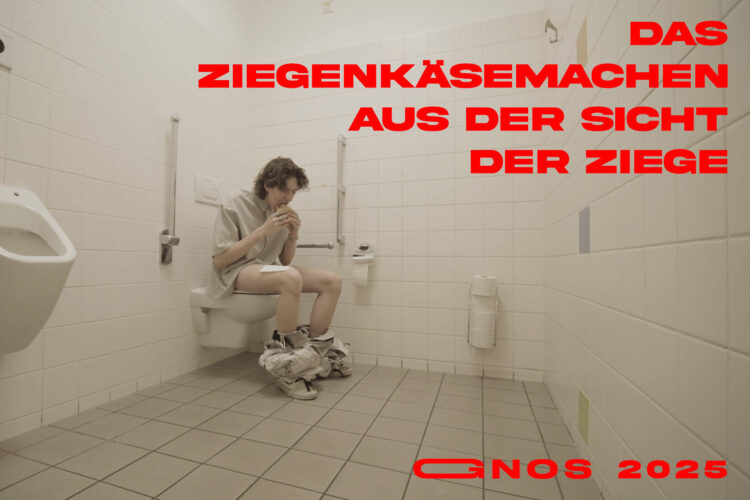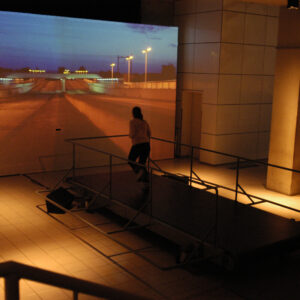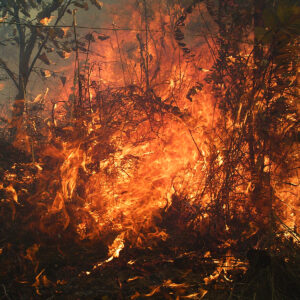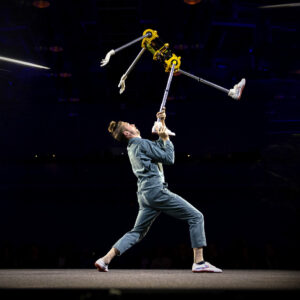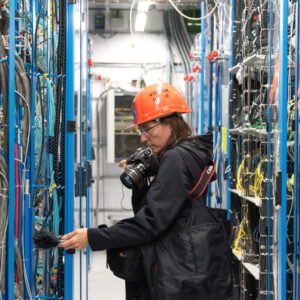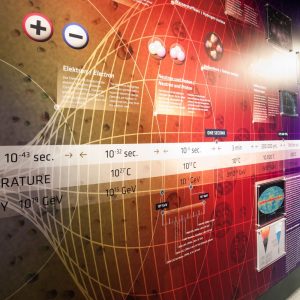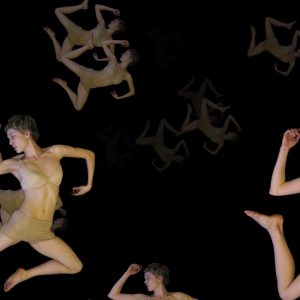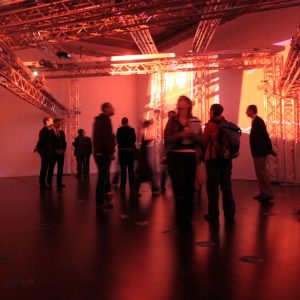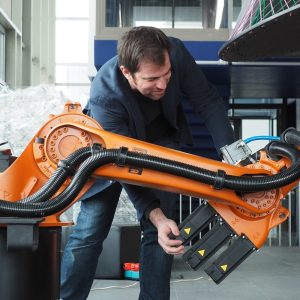Ars Electronica Blog
What’s New
-
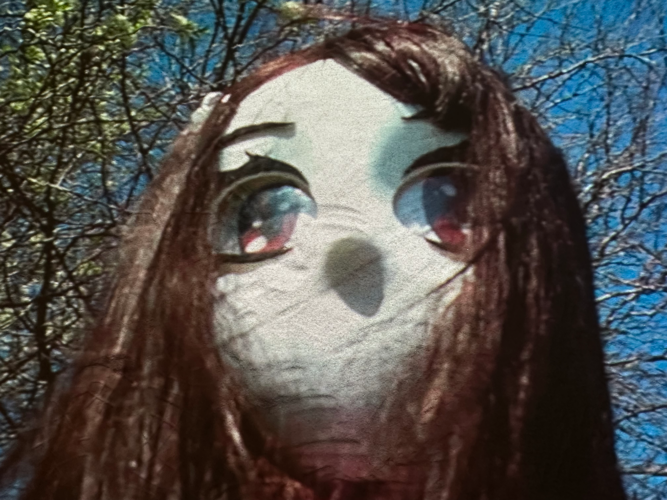
Who needs art in times like these?
Amid global crises and radical upheavals, the Ars Electronica Festival asks what role art can play—as a catalyst for new perspectives, as a space for reflection, and as a driving force for a collectively shaped future.
-
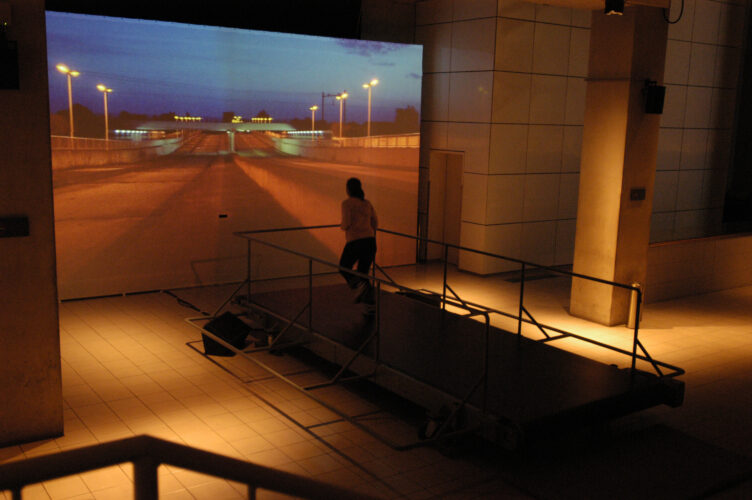
Cutting Edge: Running against the virtual wall
In “Run Motherfucker Run,” the body becomes the controller: those who run experience virtual immersion—those who stop fall. A powerful critique of passive consumption in digital worlds.
-
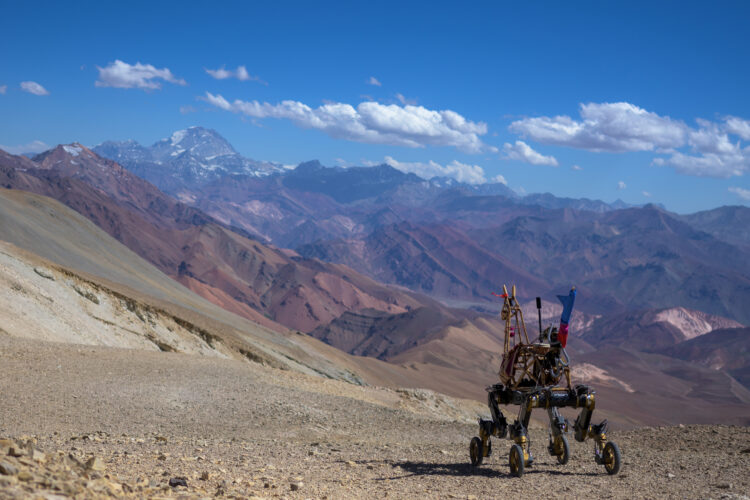
A Robot’s Liberation
Guanaquerx by Paula Gaetano Adi, winner in the Artificial Life & Intelligence category 2025, reclaims the Andes as a site of resistance and reimagines robotics as a tool for planetary liberation.
-
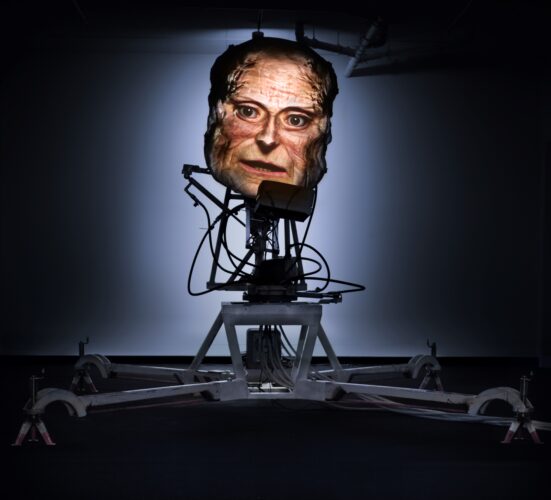
Words as Weapons
Requiem for an Exit by Frode Oldereid and Thomas Kvam, winner of a 2025 Golden Nica, explores memory, violence, rhetoric, and the unsettling voice of a machine.
-

Sound as a living process
This year’s Golden Nica in the category “Digital Musics & Sound Art” goes to media artist Navid Navab and Garnet Willis for their project “Organism.”
-
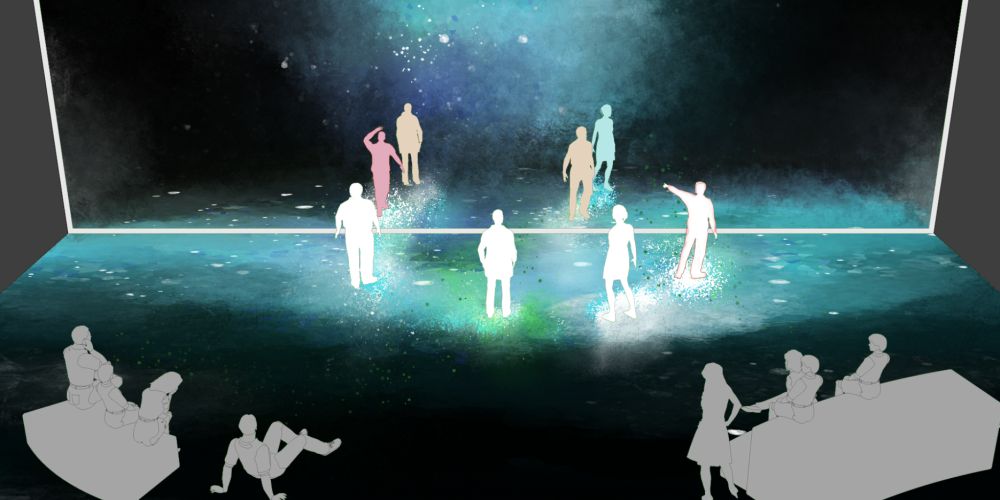
A space with endless possibilities
SHARESPACE explores new forms of collaboration between people, avatars, and AI in hybrid spaces. The focus is on connection, participation, and creative interaction, accompanied artistically by Ars Electronica Futurelab. One space, infinite possibilities.
-

Cutting Edge: Hands-on drone art
In this issue, Horst Hörtner presents a project that shows how art, technology, and participation can come together: the Klangwolke 2012, in which swarms of drones were used for the first time and thousands of people became part of the production.
-
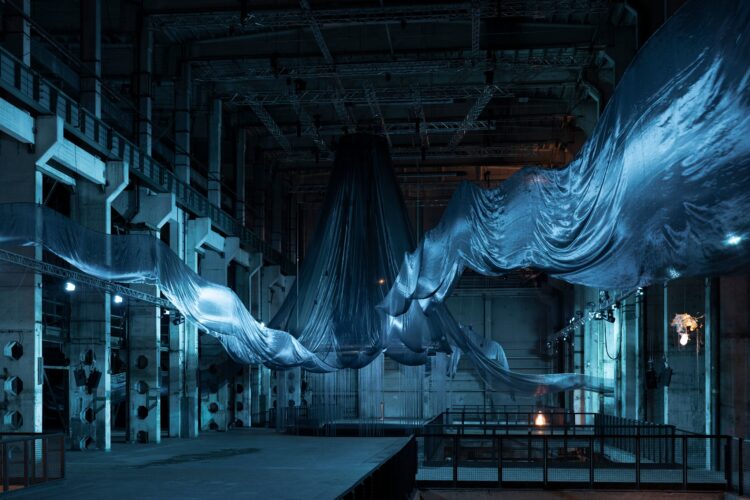
Art in the Quantum Age
The LAS Art Foundation’s Sensing Quantum project has been awarded the S+T+ARTS Grand Prize – Innovative Collaboration for its groundbreaking work in developing new pathways into quantum technology through immersive experiences and interdisciplinary collaboration.
Ars Electronica Festival 2025
-
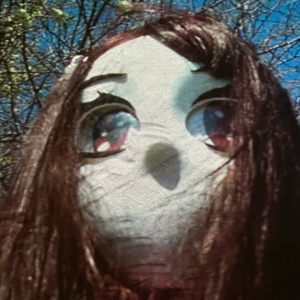
Who needs art in times like these?
Amid global crises and radical upheavals, the Ars Electronica Festival asks what role art can play—as a catalyst for new perspectives, as a space for reflection, and as a driving force for a collectively shaped future.
-
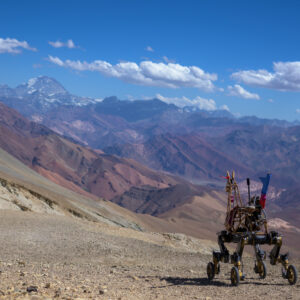
A Robot’s Liberation
Guanaquerx by Paula Gaetano Adi, winner in the Artificial Life & Intelligence category 2025, reclaims the Andes as a site of resistance and reimagines robotics as a tool for planetary liberation.
-
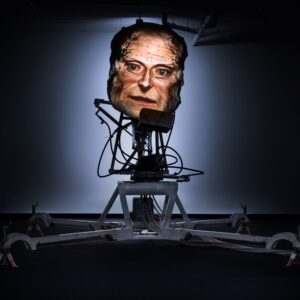
Words as Weapons
Requiem for an Exit by Frode Oldereid and Thomas Kvam, winner of a 2025 Golden Nica, explores memory, violence, rhetoric, and the unsettling voice of a machine.
-

Sound as a living process
This year’s Golden Nica in the category “Digital Musics & Sound Art” goes to media artist Navid Navab and Garnet Willis for their project “Organism.”
-

Stories of self-determination
The HEROINES project shows how citizens can help shape social change through research. In 2025, it was awarded the European Union Prize for Citizen Science.
Focus: Media Art
Focus: Artificial Intelligence
-
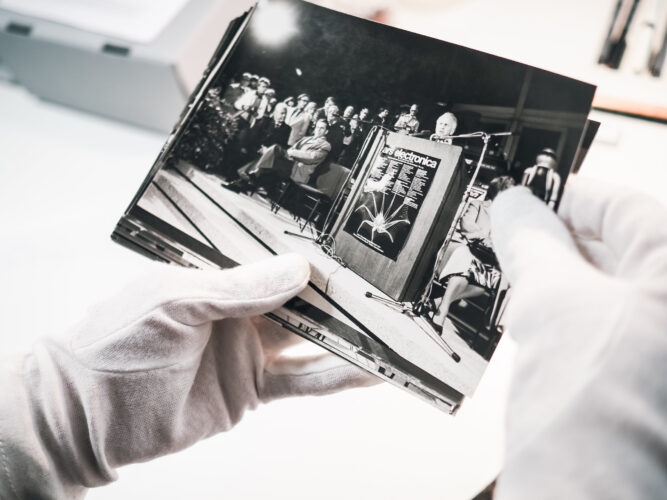
How the Ars Electronica Archive Reflects the Development of Artificial Intelligence
What do an archive of media art and the history of AI have in common? And can these histories perhaps be intertwined in order to gain a better insight into what has fascinated and preoccupied people at different times with the idea of “artificial intelligence”?
-

A Fall Down Memory Lane
A trip and a fall down memory lane, tracking the relationship of a couple from middle school into the afterlife. “The Hardest Part” is the winner of the AI in Art Award 2024.
-
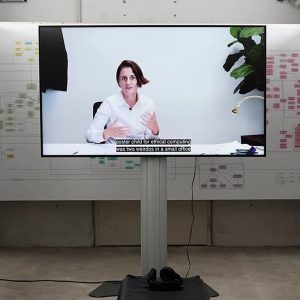
This was the third ArtScience Residency enabled by Art Collection Deutsche Telekom
We look back to one more year of the ArtScience Residency that was made possible through the support of the Art Collection Deutsche Telekom.
Throwbacks
More stories and interviews
Interested in blog stories and interviews since 2011? You can find our previous blog stories in our blog archive.
